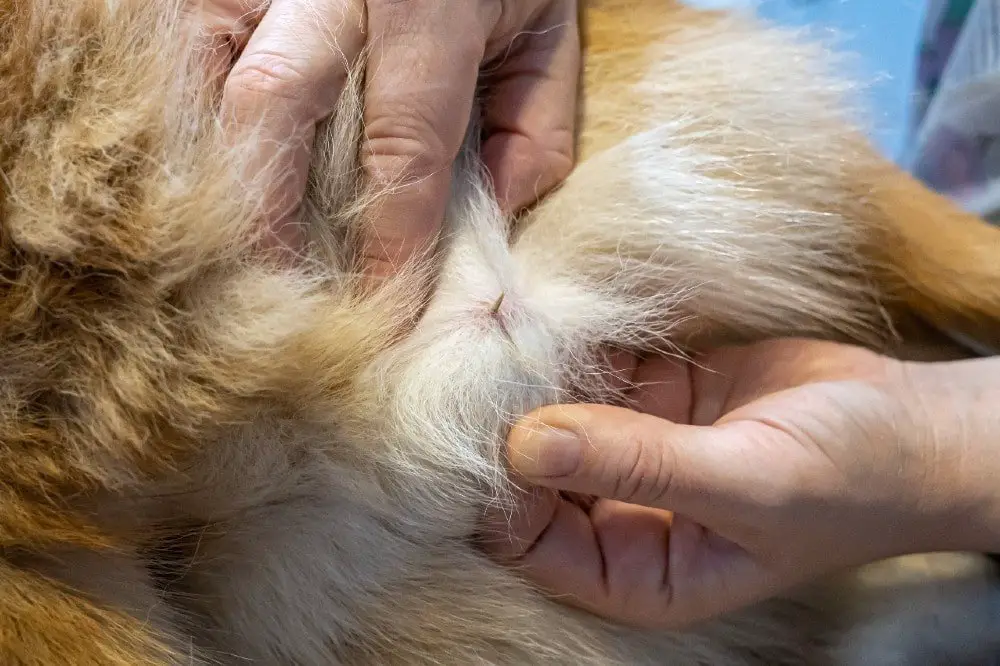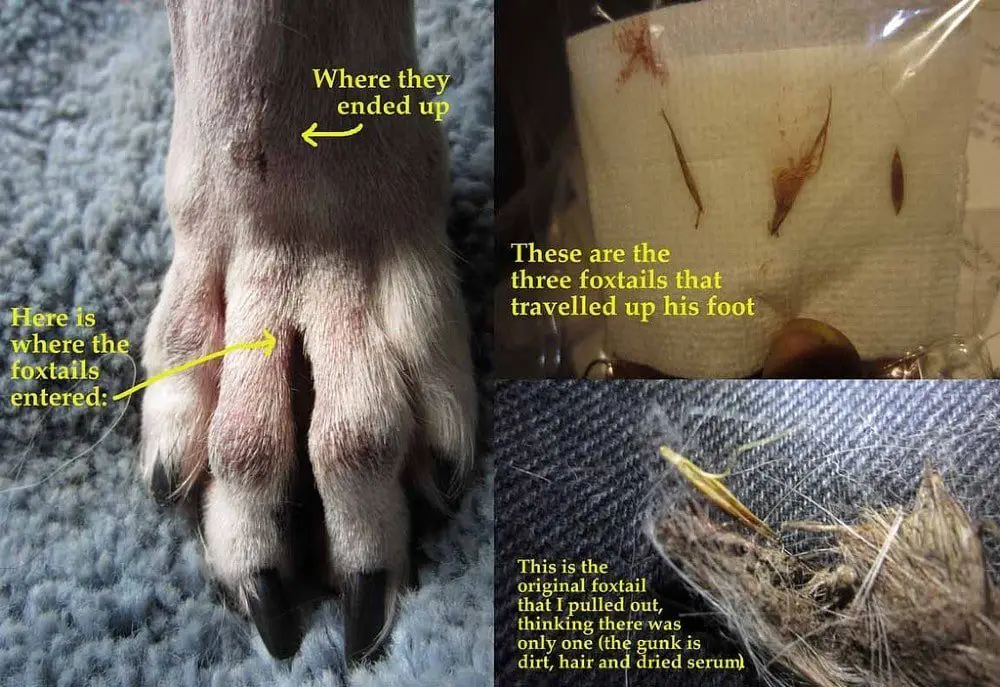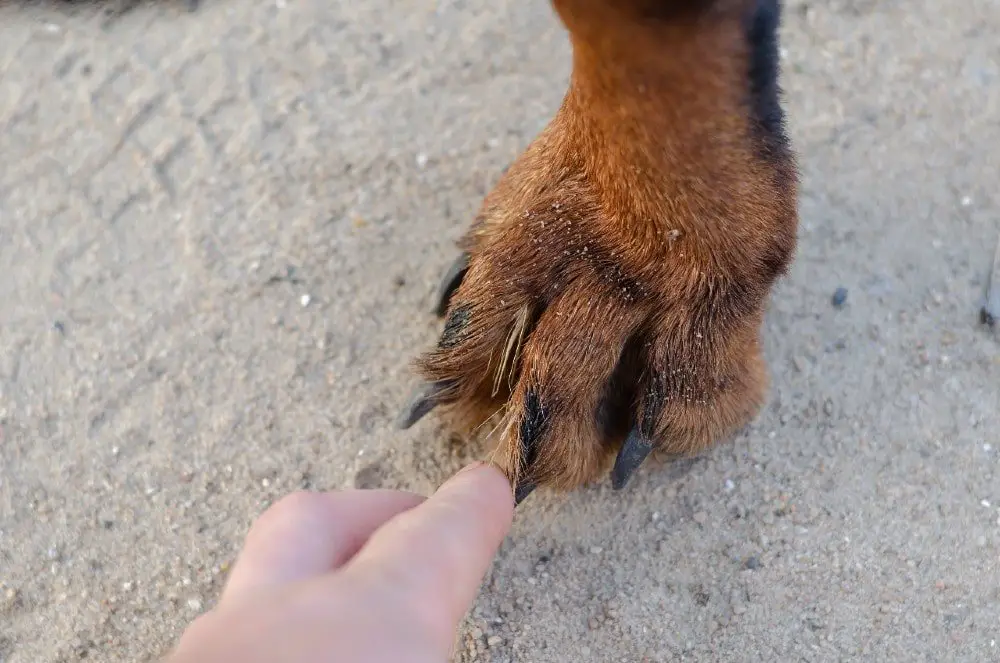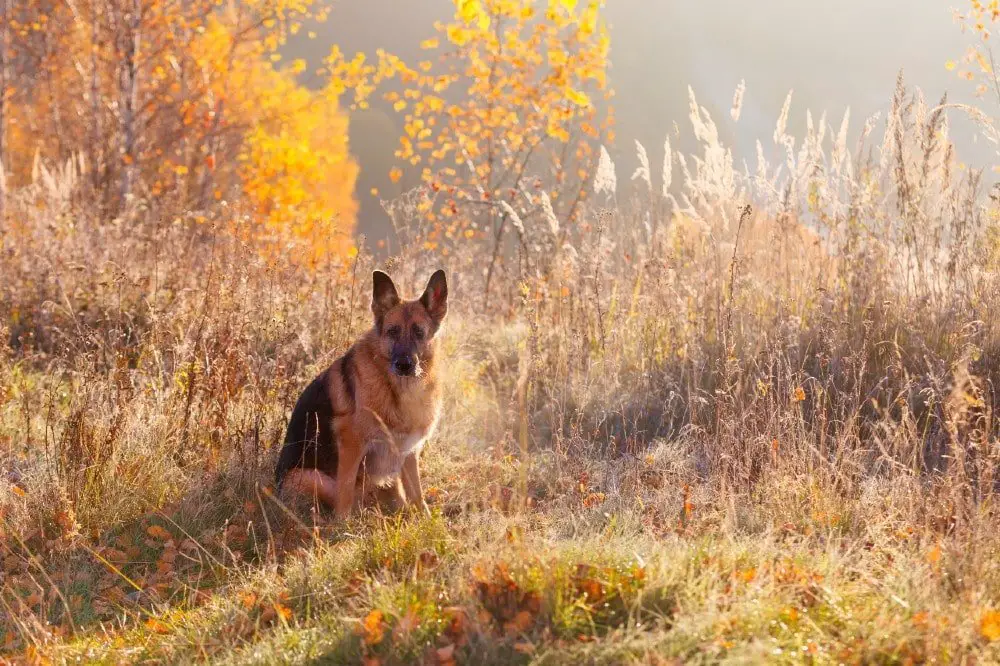A Foxtail is a spear grass weed that can cause serious health problems for dogs.
Foxtails in dogs are a hidden danger lurking in grasses and brush that can cause pain, infection, and vet bills.
It’s vital dog owners protect their dog’s health by knowing what foxtails are, where they are found, how to avoid getting them on your dog, and how to treat dogs who come into contact with a foxtail plant.
What is a Foxtail?
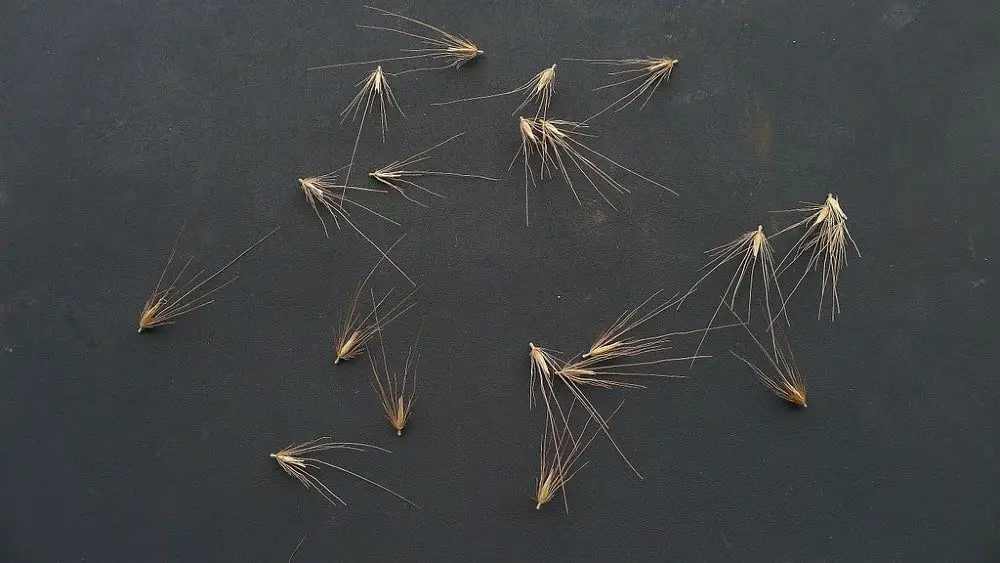
Foxtails are a seasonal annual grass-like weed. They begin to grow in the spring, bloom during the summer and die off in winter.
Foxtails are essentially nothing more than clusters of seeds adhering to the stalks of long grass.
The clusters have sharp points to easily embed into the soil when they fall loose, allowing new roots to take hold and plants to grow.
Foxtail seeds need to penetrate the dirt, so the sharp points have a barbed appearance.
Bacteria made up of enzymes are found outside the cluster. These break down into cellular matter when they contact the ground, allowing the seeds to take hold in the soil.
During foxtail season, spring and summer, the climate is dry, and the seeds start to fall loose in search of a place to penetrate the soil.
Where Do Foxtails Grow?
Foxtails are found worldwide but have a higher concentration in the Western United States, especially Northern California, and thrive in the late spring and summer months.
Common sites foxtail grasses are found:
- Parks
- Hiking trails
- Camping areas
- Open fields
- Tall grassy areas
- Meadows
- Flatlands
- Vacant lots
Foxtails are not likely to be in populated cities but can lurk anywhere grass is allowed to grow unattended.
What Makes Foxtails in Dogs Dangerous?
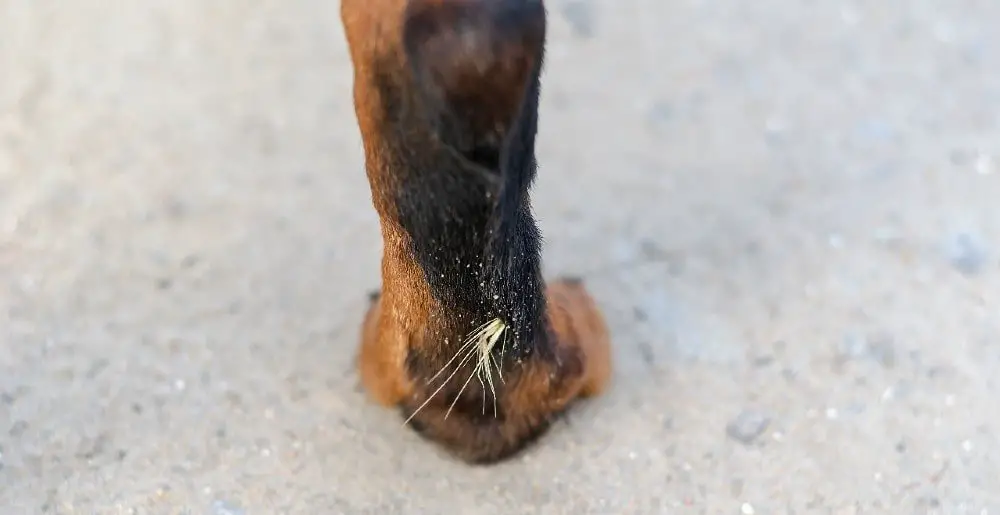
Foxtails can attach to any part of a dog’s body and be inhaled. When ingested, foxtails can cause irritation, obstruction of the bowels, and blunt trauma.
When your dog comes in contact with a foxtail, the seeds can penetrate your dog’s coat and begin a burrowing process traveling to the spine, chest, or belly cavity.
The barbs mentioned above allow the clusters to stay attached while the enzymes will break down tissues bringing bacteria and dirt along for the trip.
Foxtails can cause a dog to become very ill. The damage foxtails cause depends on the entry point and how much damage is done before being discovered and removed. A foxtail penetrating a dog is a health risk until it is removed.
Foxtails in Dogs – Where they Enter
Foxtails can be inhaled and ingested through the mouth and nasal passage.
Other common ways foxtails attach and enter a dog’s body:
- Dog’s ear
- Dog’s eye
- Dog’s eyelids
- Dog’s nose
- Dog’s skin
- Dog’s feet
- Between a dog’s toes
If you find a foxtail embedded in your dog, take it out immediately and thoroughly examine the area for seeds.
You may be able to remove seeds on your own, but a visit to the vet is the safest option, as just a few missed seeds to the naked eye can lead to serious health issues for your dog.
Symptoms of Foxtails in Dogs
Signs a dog may have a foxtail injury:
- Dog is limping or chewing at paws.
- Dog is sneezing and pawing at their nose.
- Bloody discharge from the nostril.
- A foxtail in the ear canal will cause a dog to shake their head, paw or scratch at their ears.
- Discharge, tears, or mucus from an eye.
- If a foxtail penetrates a dog’s mouth, look for gagging and retching. A dog may also swallow repeatedly, stretch and scratch at its neck, and try to eat grass.
- Foxtails entering other body parts may cause a dog to scratch, chew or lick. The affected area of the skin may become warm to the touch or swollen.
The following symptoms could appear one to several days later:
- Lumps
- Bumps
- Ear infection
- Areas of redness or tenderness
- Inflammation
- Depression
- Decreased appetite
If you spot any of the above symptoms of an embedded foxtail, you need to see a vet immediately. Time is very much of the essence here.
Foxtails can cause a serious infection and tissue damage. In worst-case scenarios, a foxtail travels through the pet’s body to vital organs such as the brain, heart, lungs, abdominal cavity, etc.
A vet can assess any foxtails that are not visible by sight using an x-ray machine or other imaging devices. Once located, they will determine if the foxtail can be removed during the office visit or if a surgical procedure is required.
How to Your Dog Safe from Foxtails
Learn what foxtails look like and if they are present in places your dog has access to.
The safest solution is to avoid foxtail-prone areas. If you spot foxtails, the next best thing is to leash up your dog to prevent contact.
A foxtail barb is more apt to cling onto dogs with long coats. A summer trim will lessen the chance of foxtails attaching to your dog’s fur.
A vest that covers and protects the chest and abdomen can help working dogs or sport dogs that spend a lot of time in tall grass.
If foxtails are present in your yard or on your property, consider removing this pesky weed or blocking your dog’s access to these areas.
When camping, hiking your favorite trail, or visiting a new area, thoroughly check your dog over if foxtails are anywhere in the vicinity.
Visually check ears, eyes, nose, inside mouth and gums, and in-between paw pads and toes. Use your hands to check your dog’s neck, shoulders, legs, tail, and belly, and don’t forget the armpits and groin area.
We hope this article is informative and helpful in keeping your dog foxtail-free.

